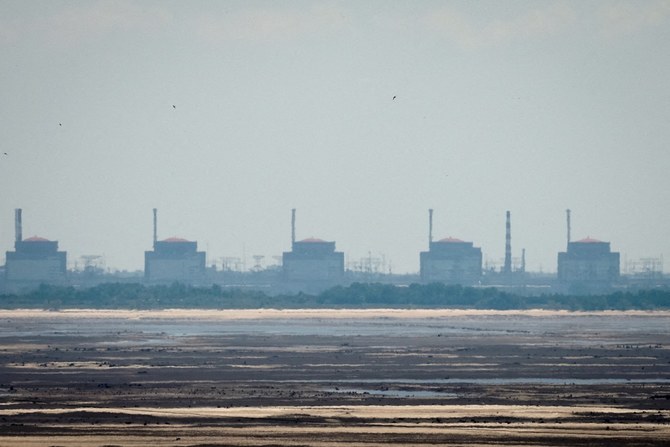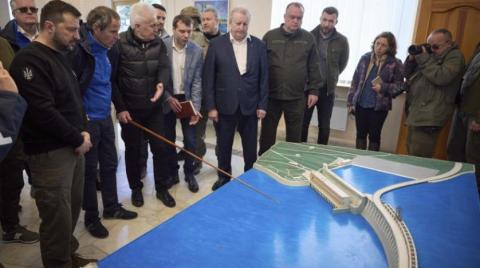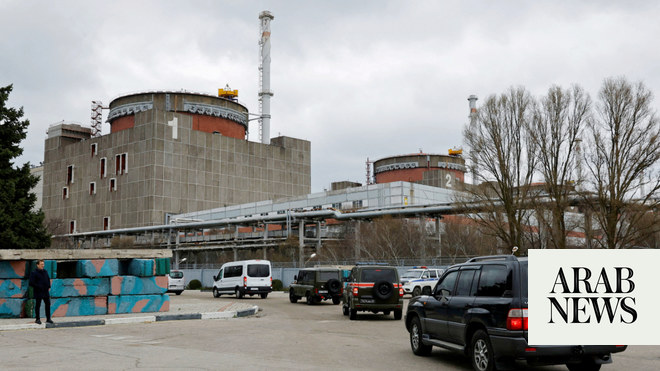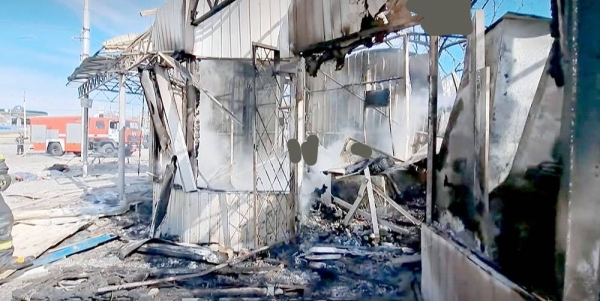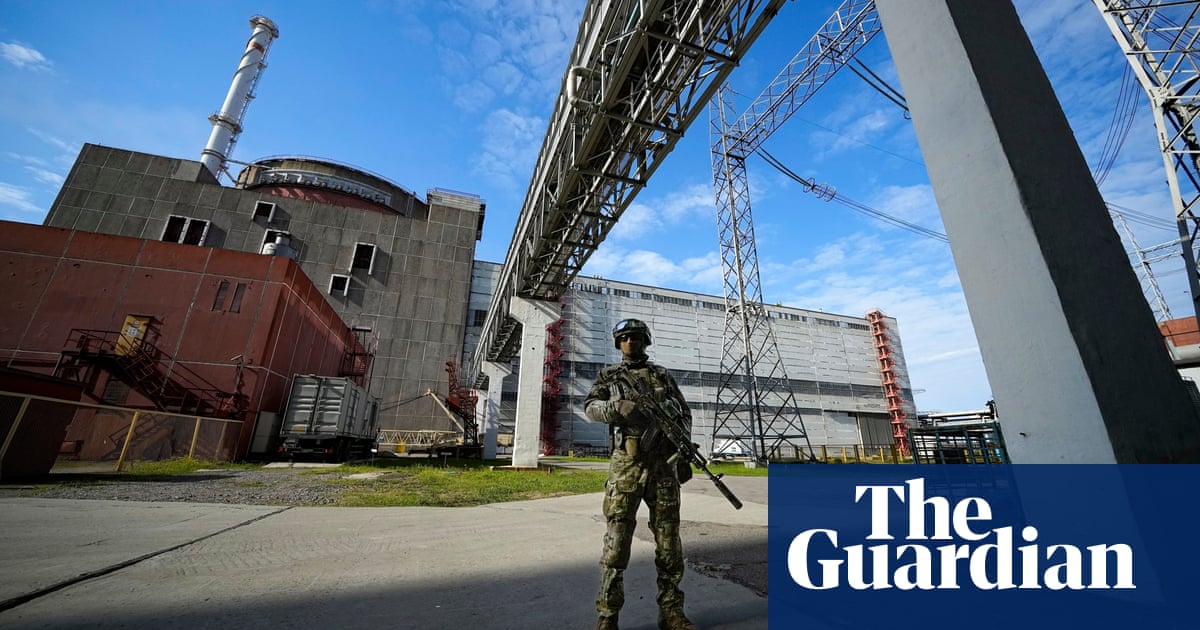
Rafael Grossi, the head of the International Atomic Energy Agency, says Volodymyr Zelenskiy has promised him that Ukraine will not attack Europe’s biggest nuclear plant as part of its counteroffensive against Russia.
In an interview with the Guardian, the nuclear watchdog chief said he was most concerned about the Zaporizhzhia nuclear plant becoming engulfed in fighting between the two sides, but insisted he had obtained a commitment from the Ukrainian president.
“President Zelenskiy has personally assured me that they will not directly bomb or shell it,” Grossi said, although he added that Zelenskiy had told him “all other options are on the table” in terms of taking it back.
That means Ukraine would comply with the first of the five new nuclear safety principles – “do not attack a nuclear power plant” – initially outlined by Grossi at the UN security council at the end of May to avert “a catastrophic accident”.
The Zaporizhzhia nuclear power station was captured by Russia in March 2022, the first time any reactor has been captured in war, prompting fears of a fresh incident in the same country where an explosion at Chornobyl spread radioactivity across Europe in 1986.
Grossi said the danger was that “anything can happen at any time” given the prevailing military situation. “I’m often asked, is [the power station] safe now? No. It’s in the middle of a war zone with a counteroffensive,” he said.
He said he believed there “were two main problems”, the most significant of which was “a direct attack, hit” on one of the less secure areas of the plant, while the secondary concern was the maintenance of water cooling, necessary even as the six reactors are in shutdown.
Ukraine has been trying to regain the territory it lost to the Russian invaders in the early stages of the war, with the most intense fighting taking place 60 miles (97km) to the east on the southern front south of Orikhiv.
Progress has been slow during the summer, but at some point Ukraine will be hoping to recapture the area around the nuclear plant and ultimately the facility itself, which is, it is estimated, a base for 500-600 Russian troops.
Grossi said he was particularly concerned by “a number of fragile points apart from the reactors themselves”, including “the spent fuel area which is not fortified” as well as other storage areas holding fresh nuclear fuel.
“The fresh fuel halls, let me remind you, were hit in August 2022,” he added, describing the aftermath of an attack that left holes visible to satellite imagery on the roof of the power station’s key facility.
A few days later, Grossi crossed the frontlines to pay one of three personal visits since the start of the war to the nuclear plant, where he said he saw the damage caused by the attack where “a few metres down, you have the racks containing the fresh fuel”.
Though the damage was likely to have come after a Ukrainian attack, Grossi said he would not say who was responsible. “I don’t have a forensic capacity [to determine who was responsible],” he said. “The Russians would certainly say that [the Ukrainians did it].”
IAEA monitors are permanently based at the nuclear power plant, although last week Greenpeace said their number – at four – was too small and they were unable to provide effective assurances about safety because they had to give a week’s notice of their inspection requests.
Grossi insisted the IAEA was able to keep on top of the safety situation. “There are difficult moments, moments where we don’t get the access, so we have to argue a little bit. This is not new for us,” he said, noting the IAEA had had to deal with access problems in other countries such as Iran. “Nobody likes the auditor,” he added.
Russia’s Rosatom nuclear agency has taken over the management of the plant, but has had to rely on a fraction of the prewar Ukrainian staff to keep it operational. Staffing levels plunged from 12,000 before the war to, Grossi said, about 2,000 today, although he added it was “growing again” with more native Russians coming onsite.
Concerns about maintaining water cooling increased sharply after the Nova Kakhovka dam downstream was blown in June, draining the Dnipro reservoir around the plant and leaving its reserve cooling water pond exposed.
Evaporation and leaks meant the cooling pond had been losing about 1cm depth of water a day, but the problem of the falling water levels had been resolved by the digging of wells to find fresh supplies. “All I can tell you is for the time being the management has stabilised the situation,” Grossi said.
But Grossi said he regretted how the plant had been used in military brinkmanship between the two sides. “We were not expecting a war with these kind of characteristics,” he said.
The focus of nuclear regulators in recent years had been the risk of a terrorist or cyberattack, not a land war in Europe. Grossi said: “I’ve had to cross the frontline three times, and as a diplomat I was not expecting to do that in my career. I’ve been in places where they see each other. We are walking in the middle.”





